SurgutMapMay 22, 2007 This is not a place you would want to spend the weekend. This pictogram at the airport seems to suggest that the arrivals are all thin and scrawny. But don’t get your hopes up: haute cuisine is not one of Surgut’s strong suits. 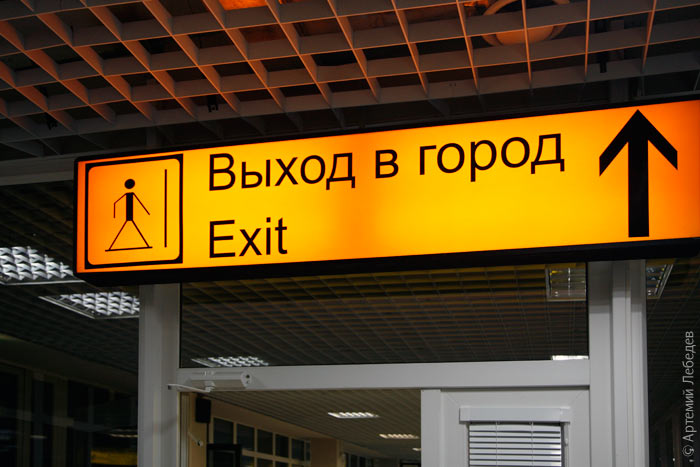 Mansi mannequins are here to entertain the passengers, because it’s nigh on impossible to bump into actual aboriginals in the city. 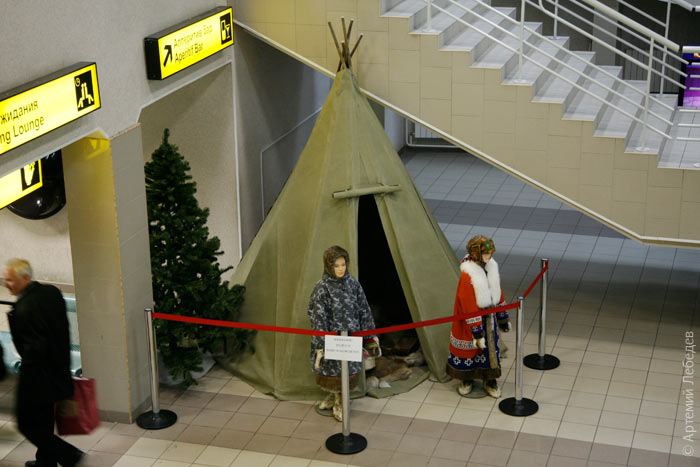 The mosaic on the side of the airport building depicts a mother and her infant, who looks like the cat from “Shrek 2”. The fatherless family appears to be looking out through the porthole. 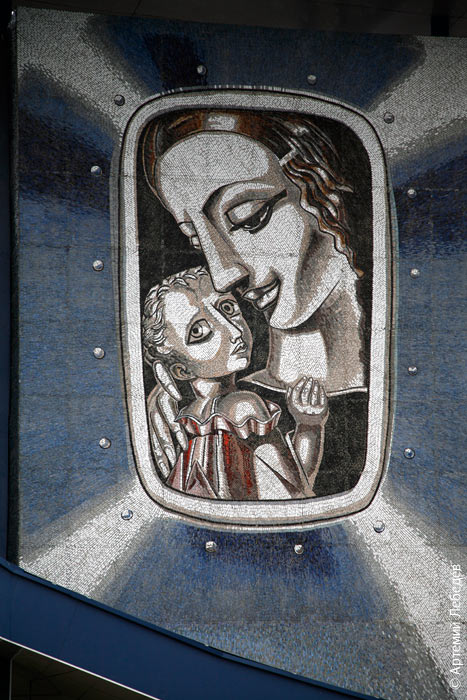 A road called “five American minutes” leads to the city. It’s true, the smooth asphalt ended five minutes later. 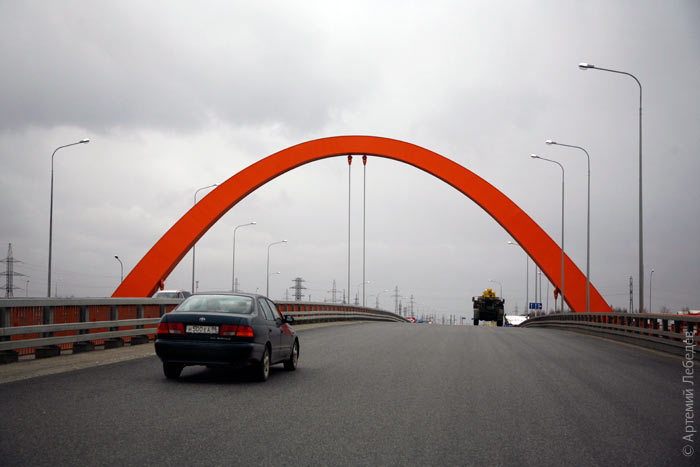 The landscape is reminiscent of the view from the balcony of my childhood. The only difference being that there are houses here. 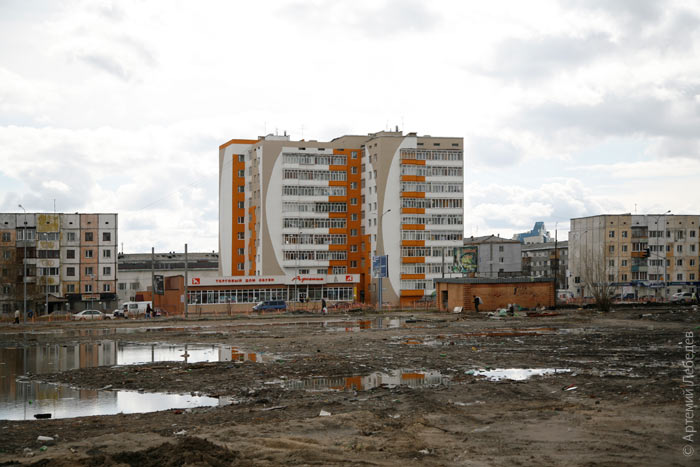 Surgut belongs to Surgutonians: 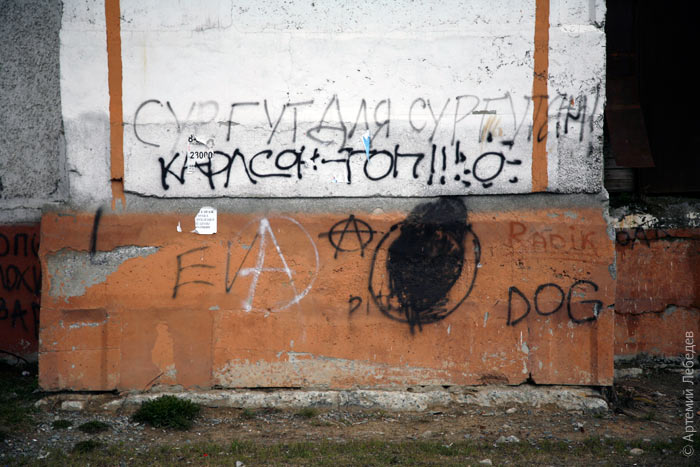 You’re my cupcake: 
You’re the best Local buildings have an interesting distinguishing feature: a storey-high cellar and a storey-high attic. The attic in Khrushchev-era apartment buildings in Moscw is only about half a metre high. It probably has to do with the freezing temperatures they get here. 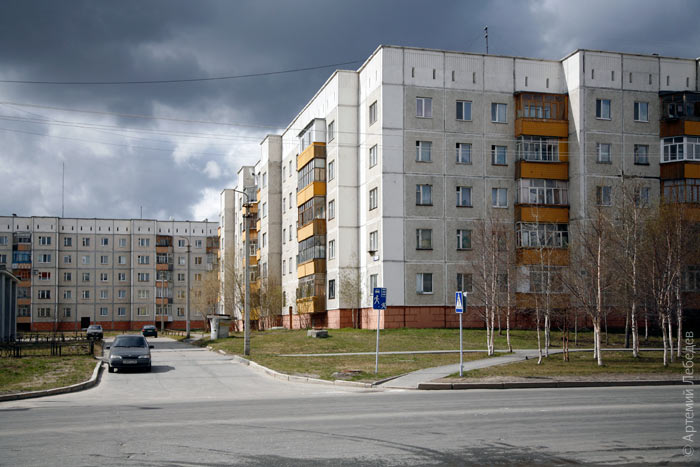 What’s also interesting is that here they use the collocation “ground floor”. It’s not the same thing as the first floor (in Russian, the ground floor is the first floor): 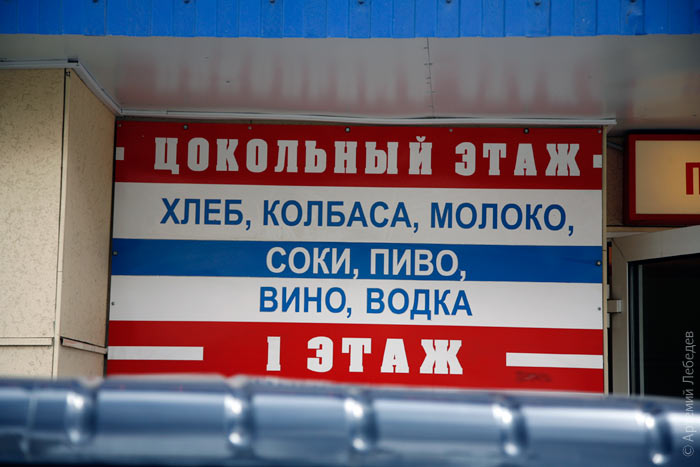
Ground floor Little by little the kiosks are crowding out the bus stops. 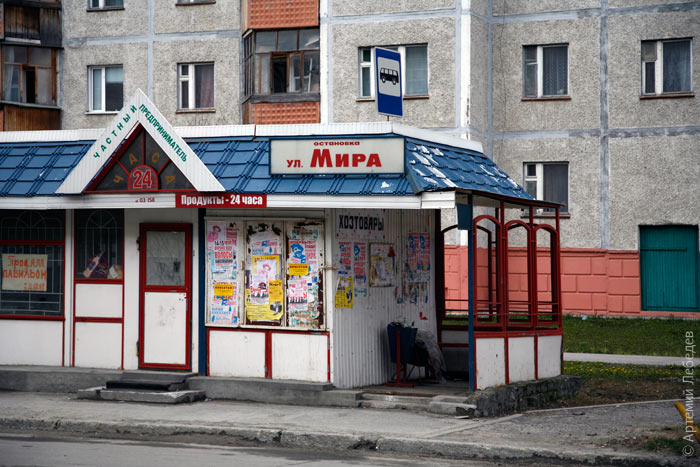 Remarkably, the subbotnik (a day of unpaid “voluntary” work introduced by the communists) held thirty years ago has borne fruit — impeccably neat rows of birch trees. Had they known in advance what the end result would be, they’d have probably had an easier time of it. 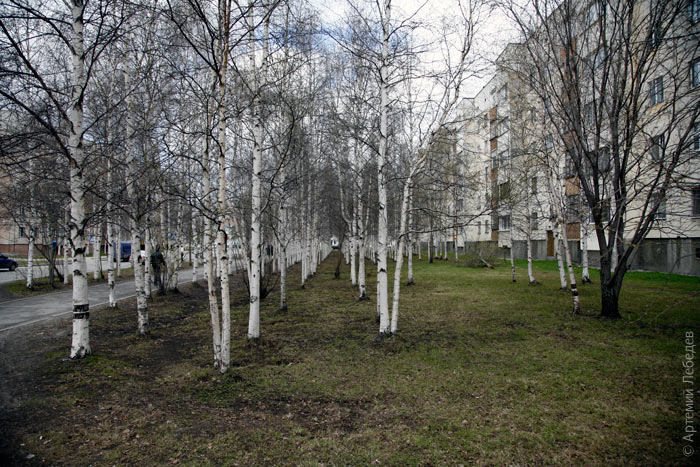 They’ve started putting up a new kind of demi-phone booth around the city — the yellow “Police” visors, about the size of a baby bath, are there to shield the “police call button”, as big as a rouble coin. There are detailed instructions on the inside, as there should be. 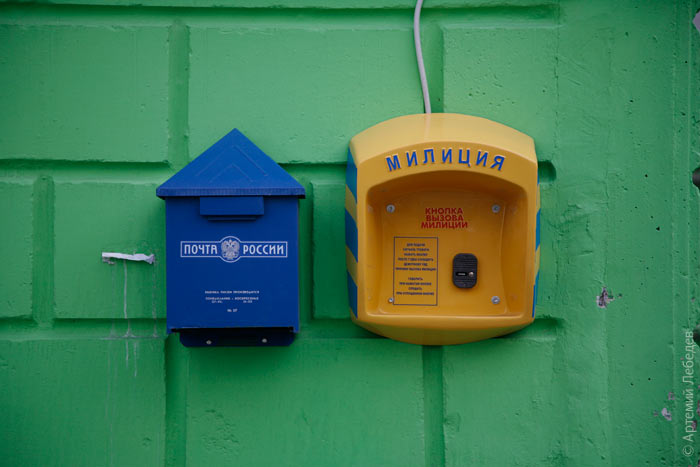 The phone boxes are also worth a look (like in Kazan). It’s possible that they initially set out to create a “T” shape, but then it became all bloated and warped. 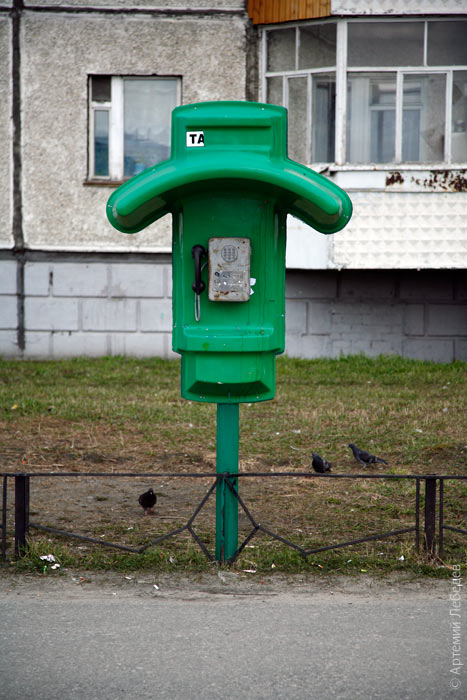 I came across some surprising signs. 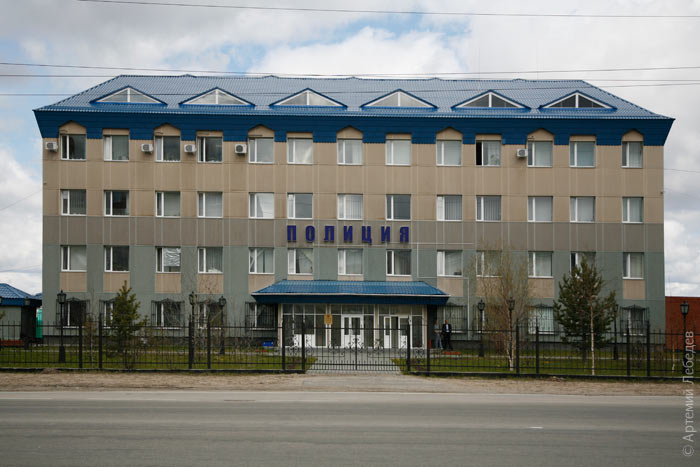 Police [at the time the Russian police was called militsiya, not politsiya like it says here] Street name signs battling new types of street sign for the right to exist. 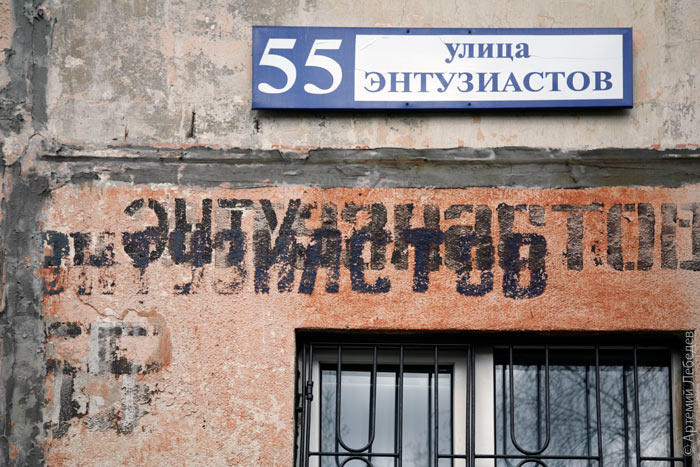 The disabled man in Surgut is not like all the others — he’s grown a second arm, bent at the shoulder. 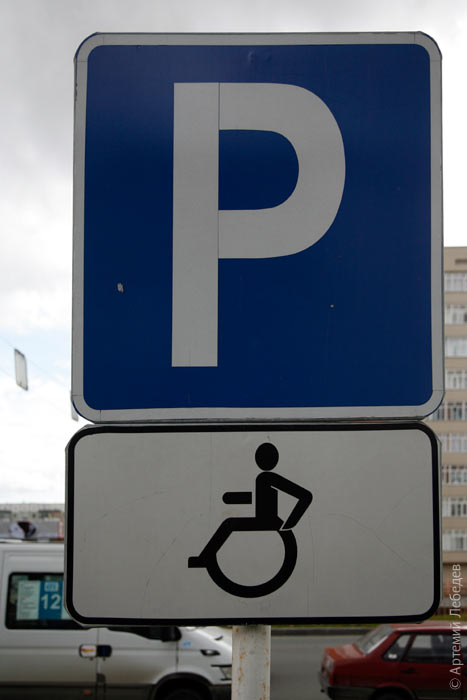 Meanwhile, the Surgut pedestrian has been decorated with lights, rendering the sign completely indecipherable come nighttime. 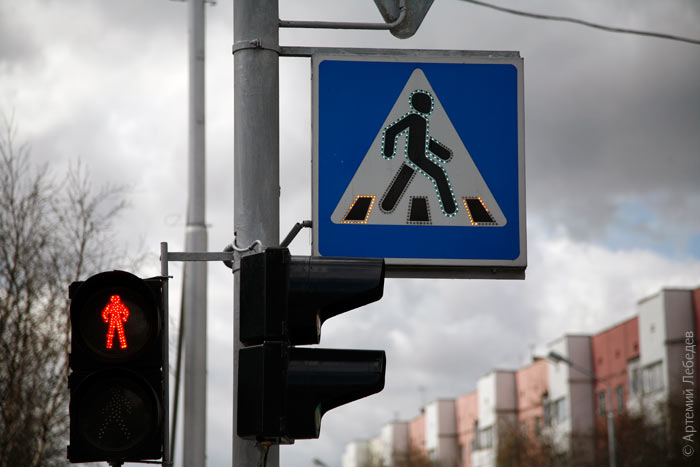 Newly rebuilt temple gazing out at the austere beauty of Siberia.  Austere Siberian beauty silently dispenses oil. 
* * *
Six months after my trip the “Novi Gorod” newspaper reprinted my photo story in its 221 (2868) issue dated 23 November 2007. It did so under the oh- so original title “Lebedev-Kumach” (Lebedev was a Soviet poet and lyricist; Kumach, a type of red cloth symbolising revolution, is a moniker). Yet the editors forgot to ask for permission to publish, in addition to failing to enquire whether I’d like to be paid a reprint fee.  |